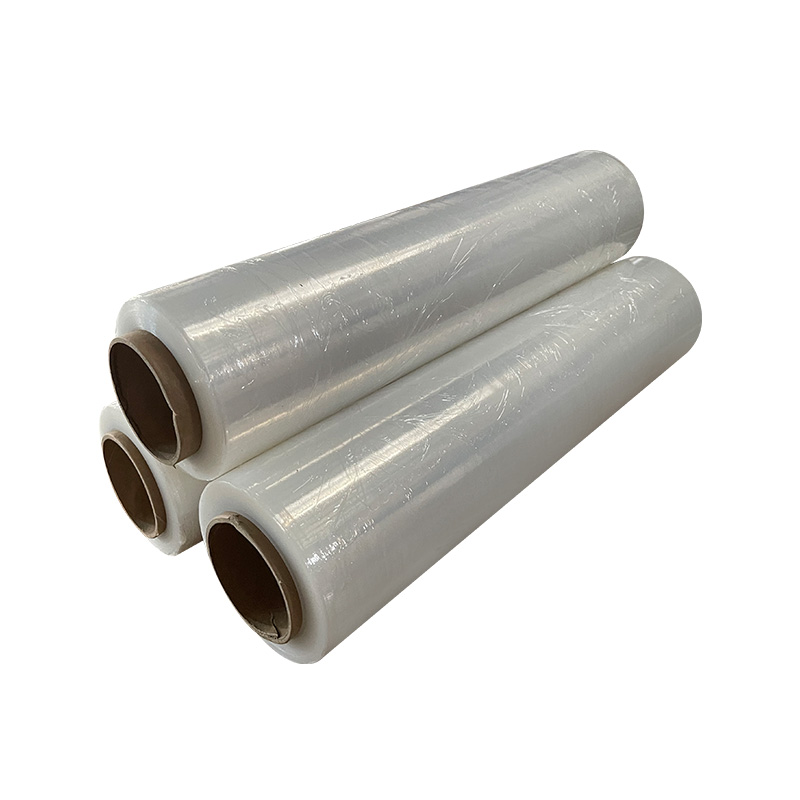The layering configuration in PE/PP co-extruded films significantly influences their barrier performance in several ways:
Material Properties: Each layer of PE and PP has distinct barrier properties. PE generally provides good moisture resistance, while PP offers better gas barrier performance. The arrangement of these layers can optimize overall protection against both moisture and gases.
Thickness Variation: The thickness of each layer can be adjusted based on the desired barrier performance. Thicker layers of a material with superior barrier properties will enhance the film's effectiveness in preventing permeation.

Layer Sequence: The order in which layers are arranged can impact performance. For instance, placing the moisture-resistant layer on the exterior can protect against environmental factors, while the gas barrier layer can be placed closer to the product for better protection.
Interlayer Adhesion: Effective adhesion between layers is crucial for maintaining integrity and performance. Poor adhesion can lead to delamination, reducing the overall barrier effectiveness. The configuration can be optimized to improve interlayer bonding.
Multi-Functional Design: A well-thought-out layering configuration allows for the incorporation of additional functional layers, such as those with UV protection or anti-static properties, further enhancing the film's overall performance.
Customization for Applications: Different applications may require specific barrier properties. By adjusting the layering configuration, manufacturers can tailor the film to meet the unique needs of various products, such as food packaging, pharmaceuticals, or industrial uses.
In summary, the layering configuration in PE/PP co-extruded films is crucial for optimizing barrier performance, allowing for tailored solutions that meet specific packaging requirements while effectively protecting contents from external factors.



 English
English 中文简体
中文简体














